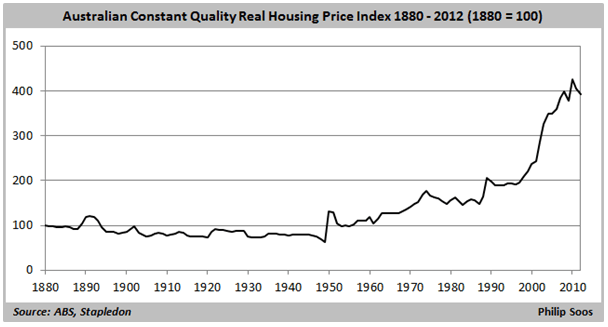Deltaberry, if I recall right you said you purchased in the area last year, prior to the "boom".
Given the dismal yields the Melbourne market presents (at a city level, not saying individual deals can't achieve better than the average), I assume you purchased with the intent to speculate on capital growth? What was the yield on your property at time of purchase? What factors did you consider when purchasing inner Melbourne (e.g. local market indicators that suggested price rise was imminent)? What areas would you say are likely to "boom" over the next 12-24 months?
I purchased because I felt the sites were undervalued. They were prime sites so yes, in the long-run I am banking on capital growth. In the short-term, I sensed they were undervalued, just that the capital growth appeared quicker than I imagined.
Yields were enough to positively gear at 100% leverage.
Factors I looked at?
- Market activity (weak)
- Optionality (high - I could develop one in to a hotel/offices in CBD with spectacular views, and change the other to a multi-level facility with stores, beer gardens etc. In fact I just got a proposal from a developer for the second site [I haven't even settled yet on this site] to build 16 floors of apartments, which I turned down, because me and my partner [my uni friend] don't want the fuss. This also addresses your points about yield)
- Price: cheap on per sqm basis compared with some 2010 prices achieved and compared with any respectable city overseas (yes including US ones where I also looked extensively)
- Yields: high enough to justify entry, with optionality to increase significantly
- Location: prime. Last two purchases. One is in the middle of CBD across one of the two most important commercial developments in the foreseeable future. The other is the most serene location you'll probably find in CBD.
- Macro factors. Rates were falling, savings were up, consumption was down. Meaning people are cashed up. People were chasing yields (which they did, look at TLS and ANZ). Where does money go after TLS falls to 5% yield? Back to blue chip properties.
- Other macroeconomic factors: inbound investment in to real estate, migration, student market etc all looked positive
- What were the smart people doing around me? Buying sites.
- What were my "ordinary" friends around me doing? Buying their first house
- Lastly, instinct - given all the factors above, something told me the market was going to move, or at least what I was looking at was going to.
Not sure where the next growth phase is. Not enough gut feel about the rest of the market.



